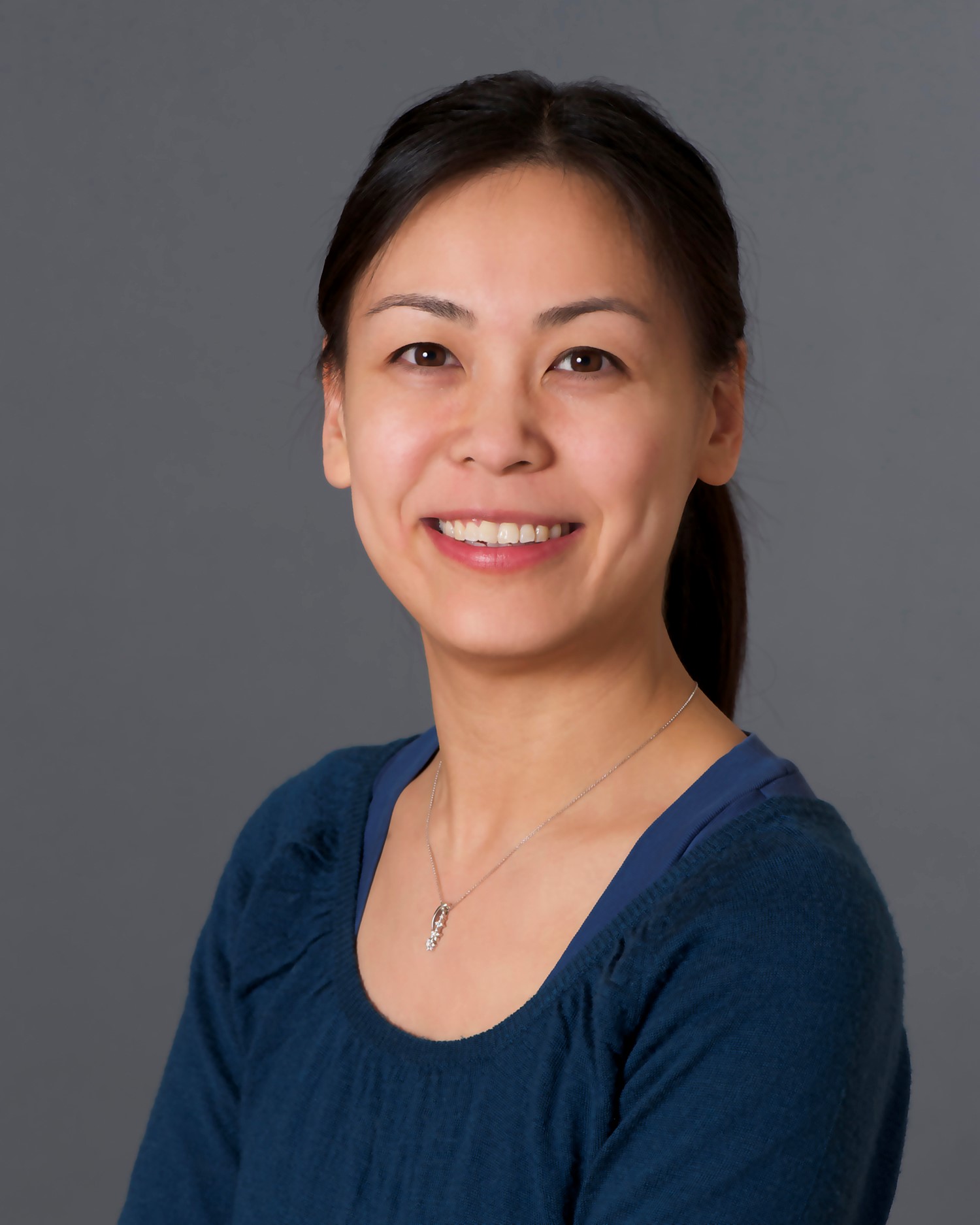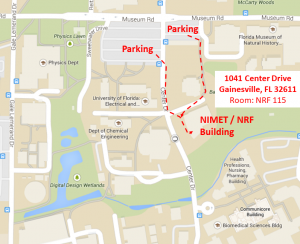Understanding locomotor plasticity for gait neurorehabilitationJulia T Choi, PhDDepartment of Applied Physiology and Kinesiology Tuesday, February, 4, 2020
|
 |
Abstract:

Human walking is a complex motor task that requires precise coordination of timing and scaling of many muscles acting across multiple joints. New understanding of the mechanisms for human locomotor learning is having a fundamental impact on neurorehabilitation for gait disorders. Our work on split-belt treadmill walking adaptation provided new information on the organization and plasticity of human locomotor circuits. The clinical implications are that 1) training designed to induce error-based adaptation may be useful for improving gait asymmetries, 2) therapies that target corticospinal activity can potentially improve gait function, and 3) effective gait interventions requires optimal consolidation during sleep.
Methodological Expertise: Non-invasive brain stimulation (transcranial direct current stimulation (tDCS), transcranial magnetic stimulation (TMS)); brain imaging (structural and functional magnetic resonance imaging); magnetic resonance spectroscopy (1H and 31P), human electrophysiology (event-related potentials).
Speaker Bio:
Julia Choi received her B.S. in Physiology from McGill University and Ph.D. in Biomedical Engineering from the Johns Hopkins School of Medicine. She joined the Department of Applied Physiology and Kinesiology at the University of Florida in August 2019. Dr. Choi’s research is focused on the neurophysiology and biomechanics of human locomotion. She has a special interest in gait rehabilitation. Her research program integrates neuroscience, biomechanics, rehabilitation and engineering to address both fundamental and clinically-relevant research questions about human locomotor plasticity.